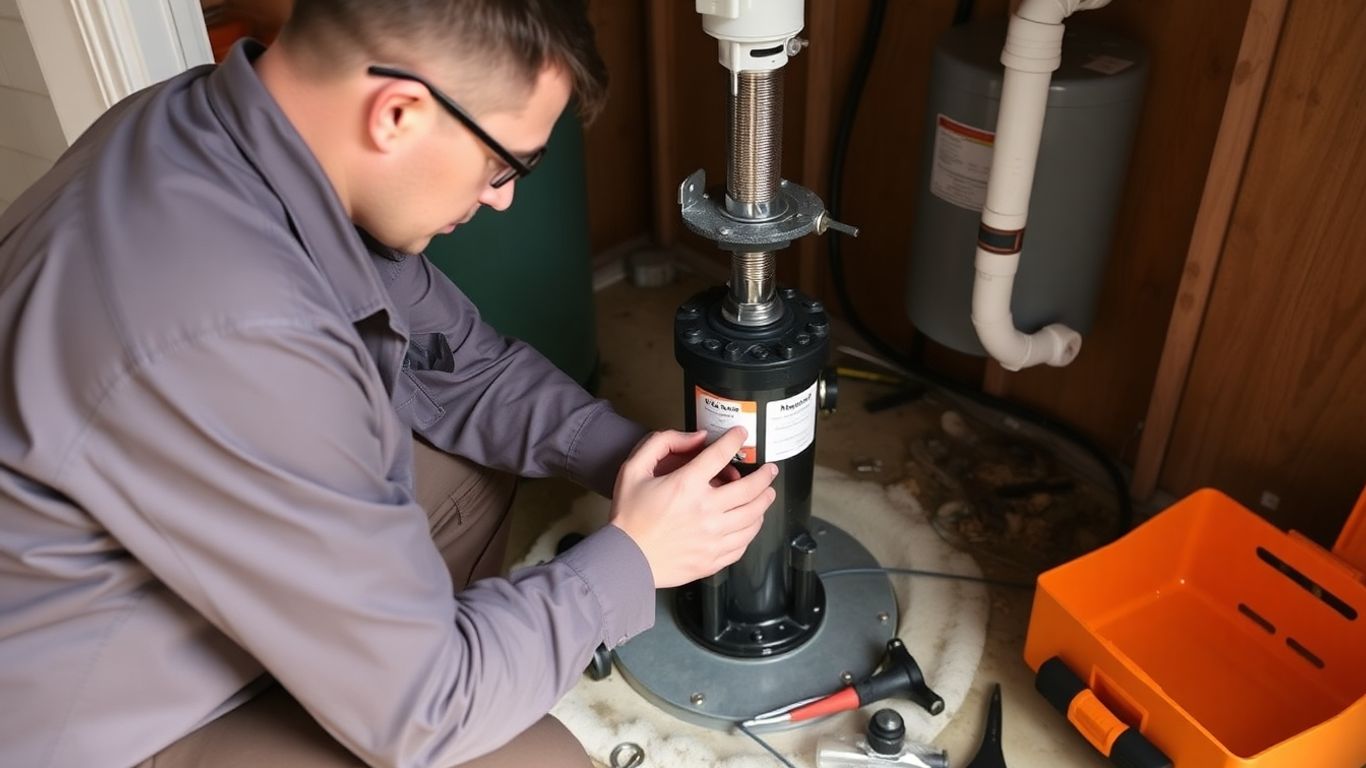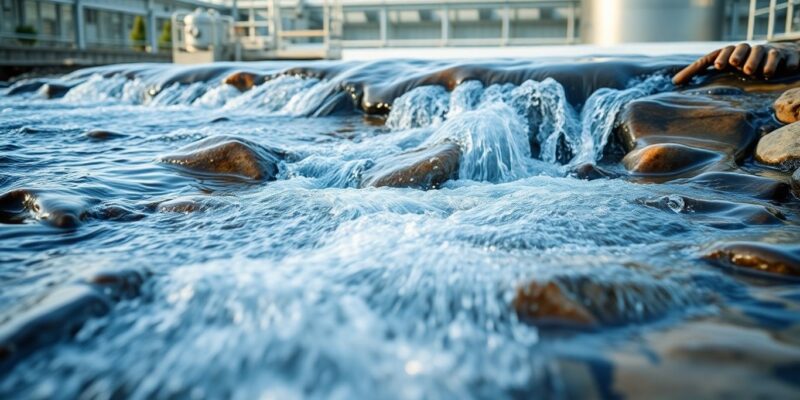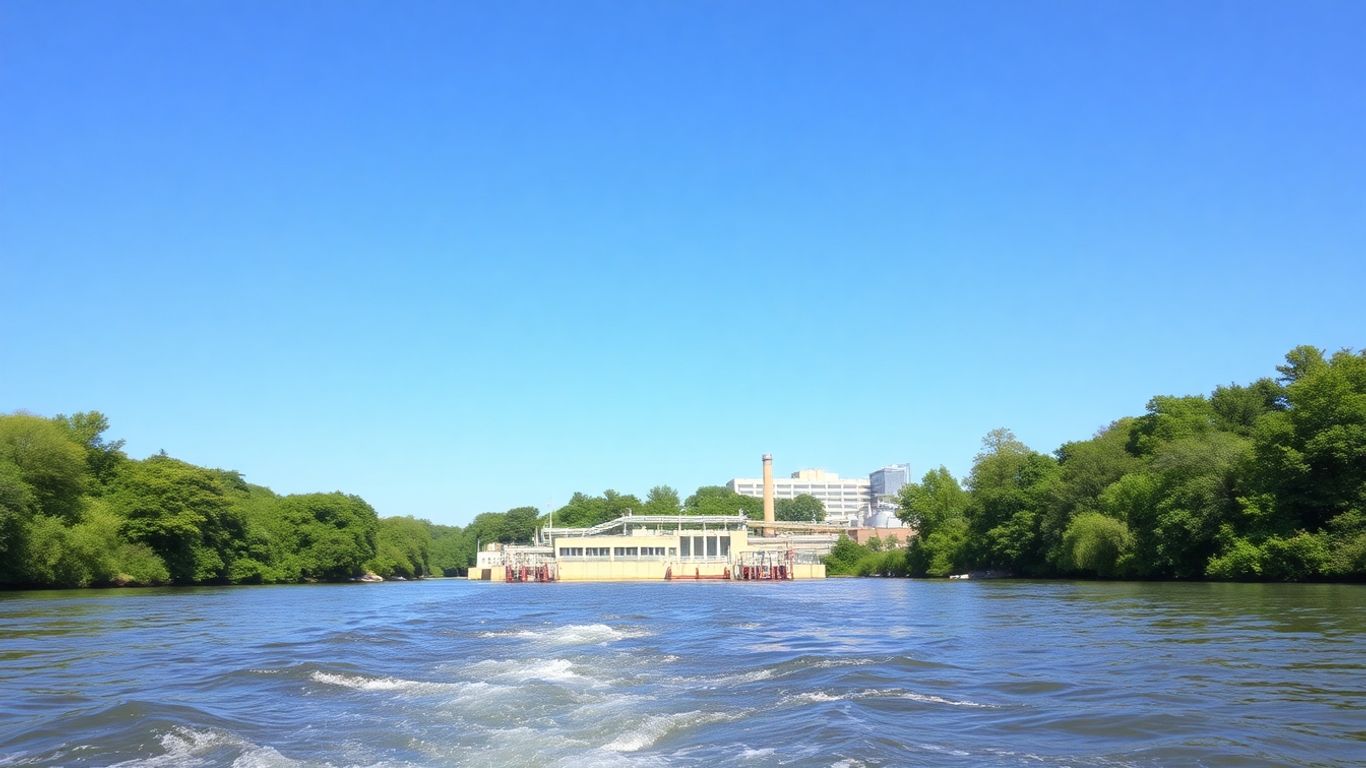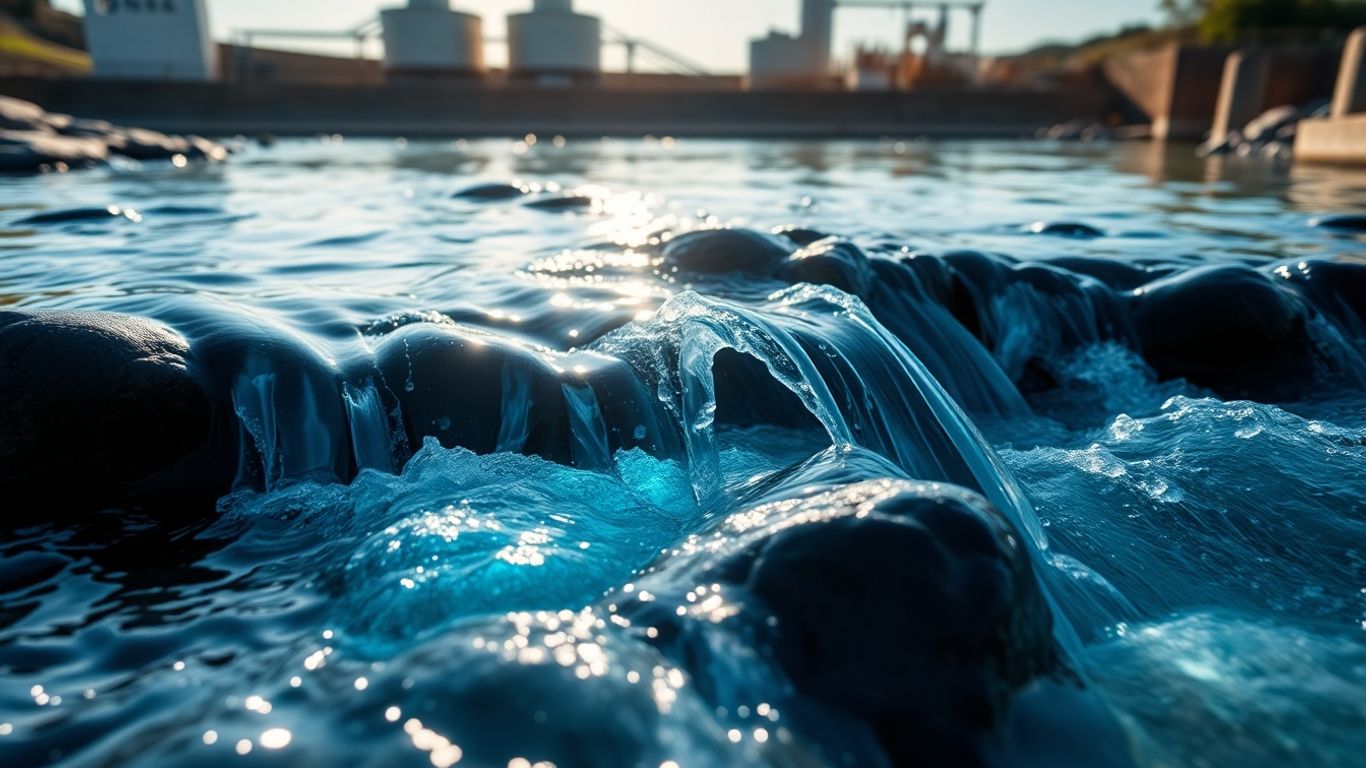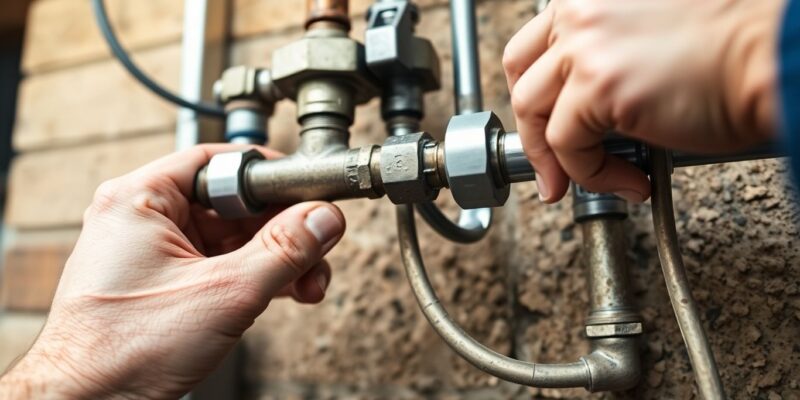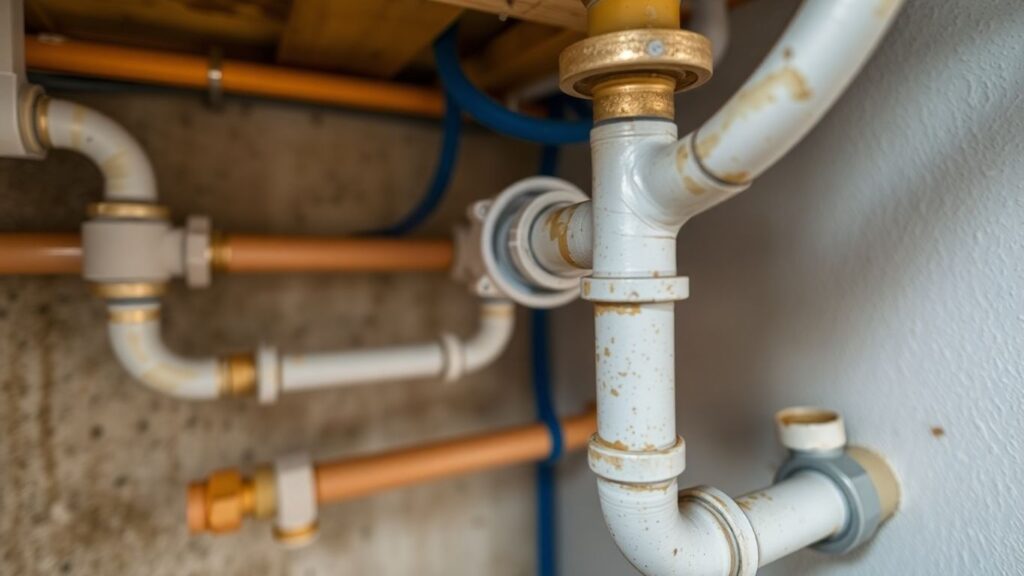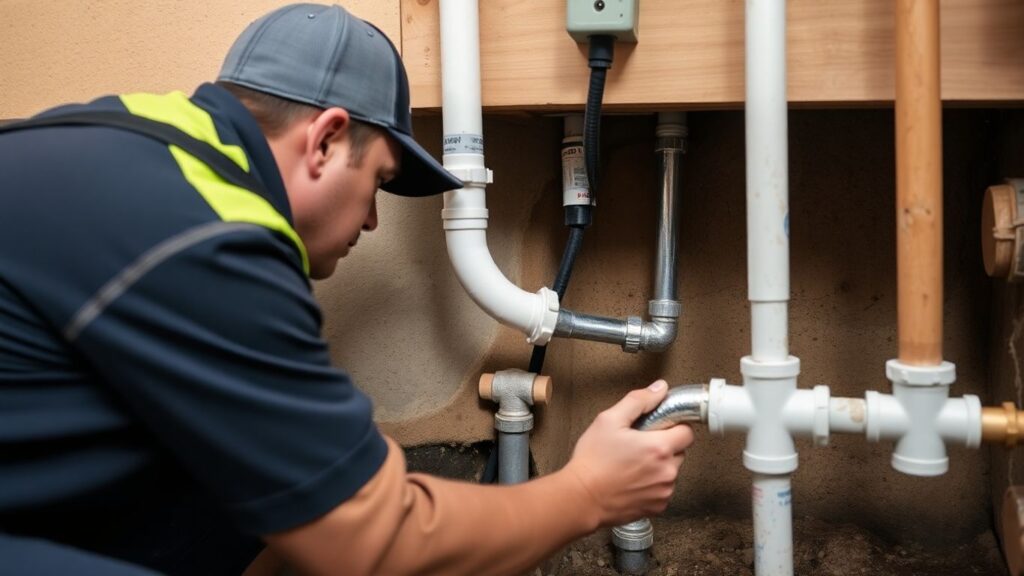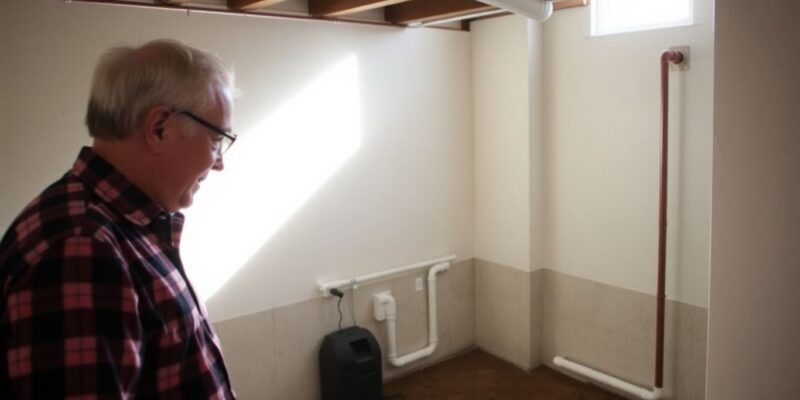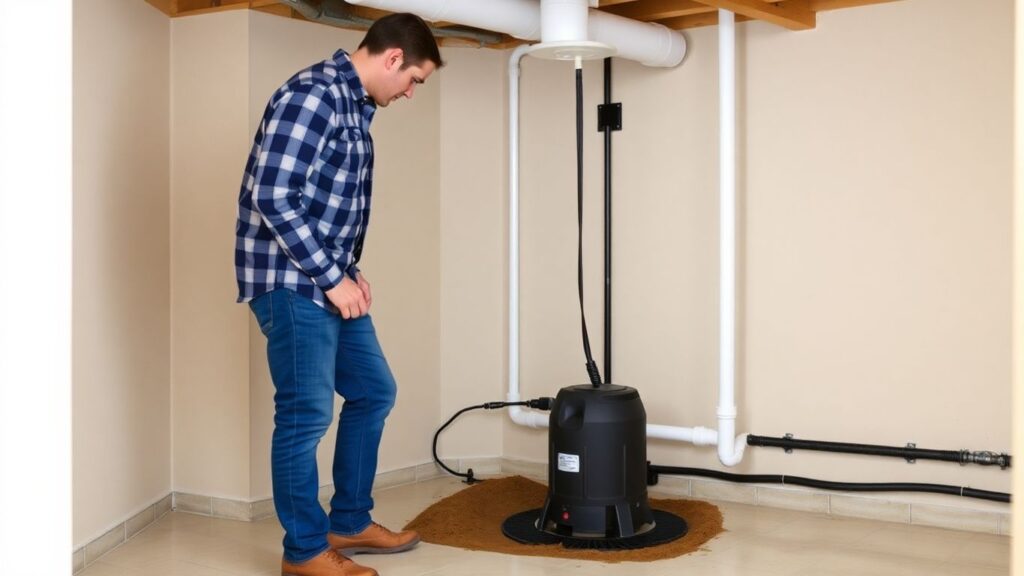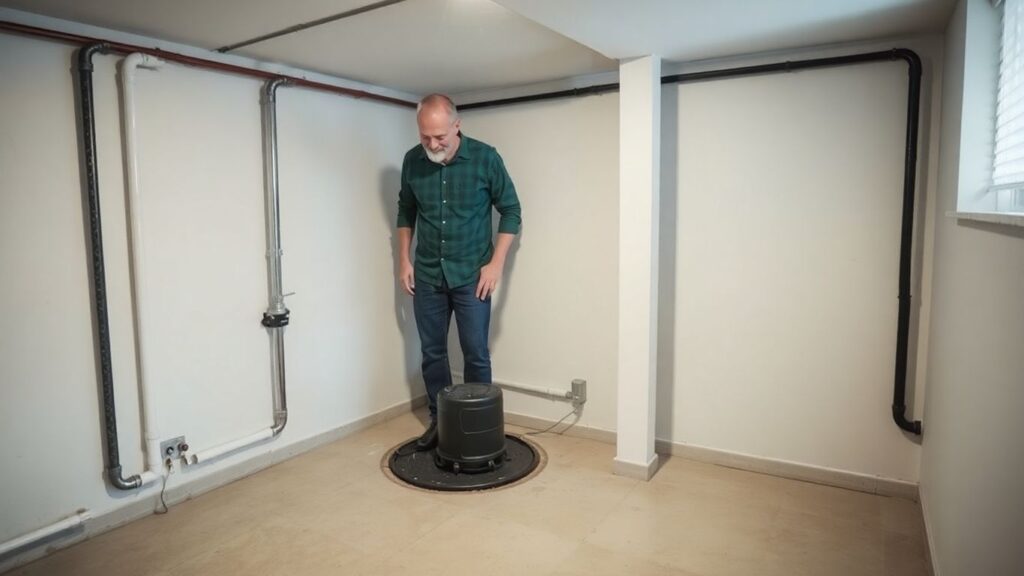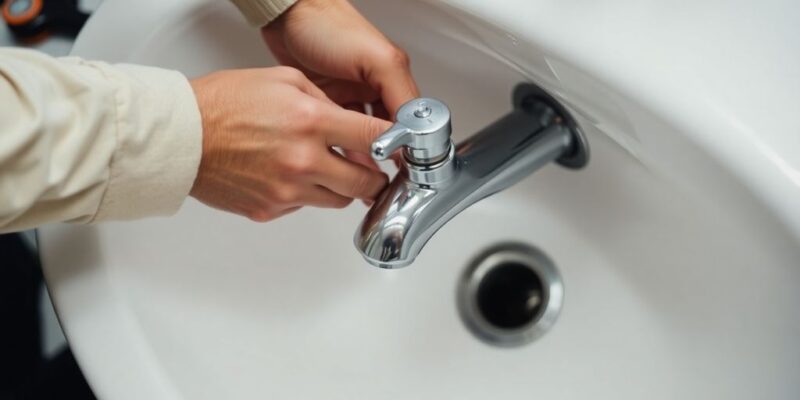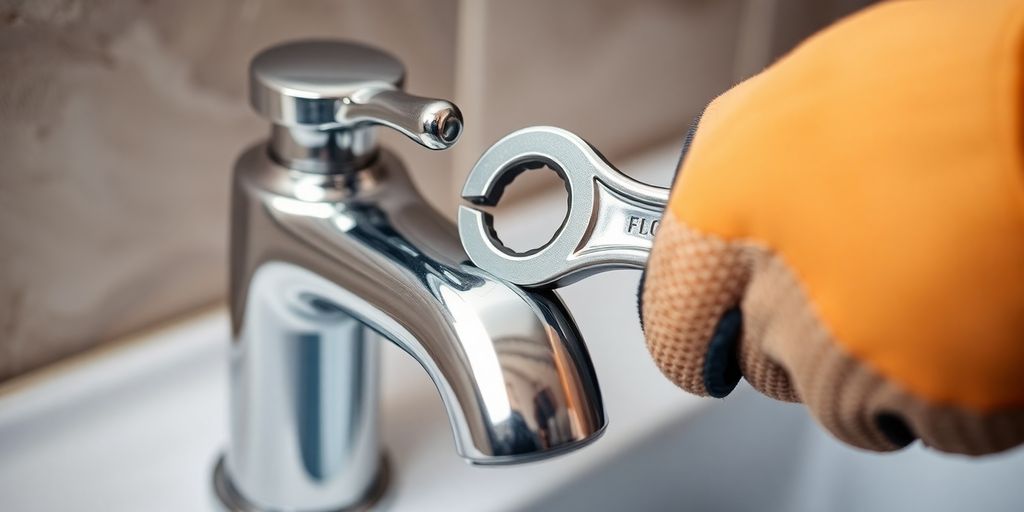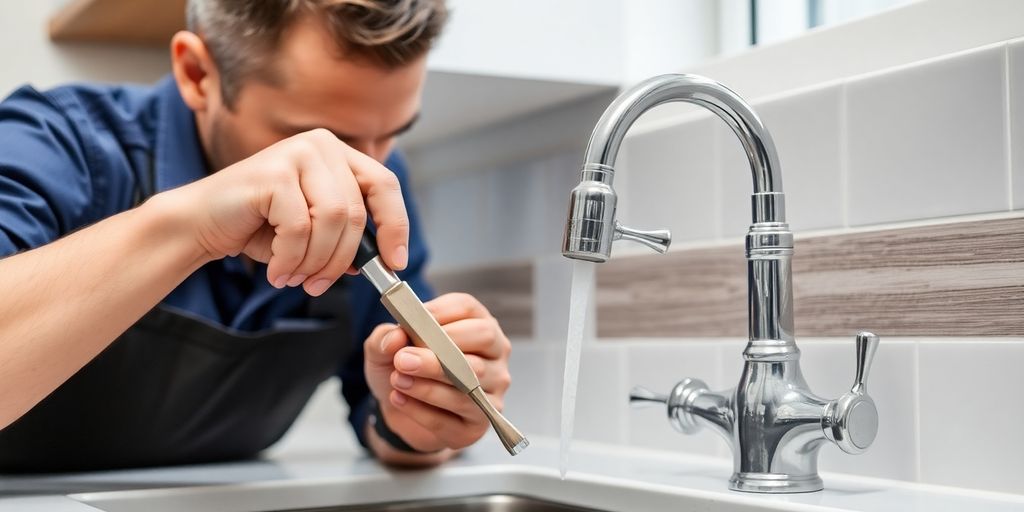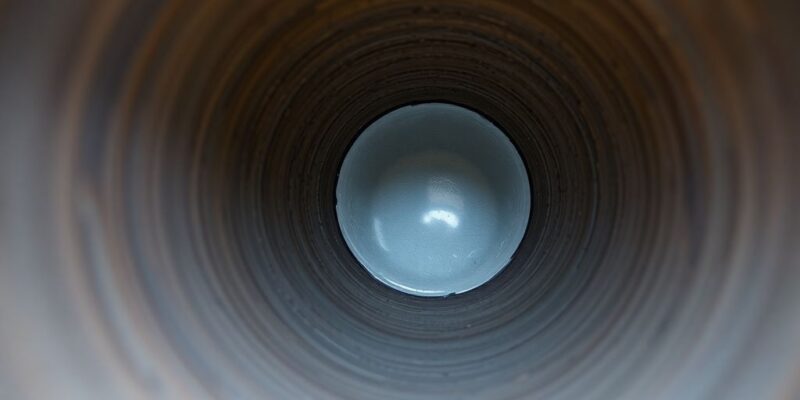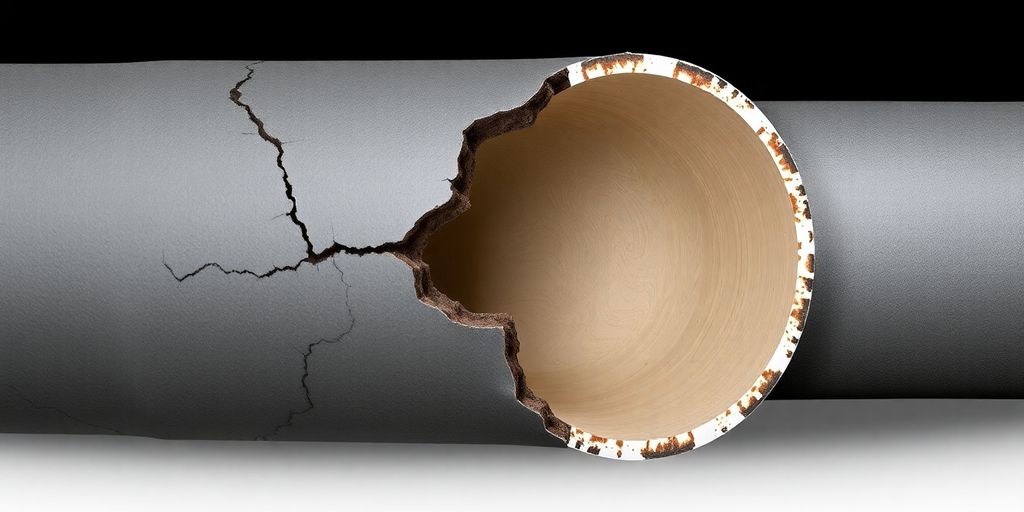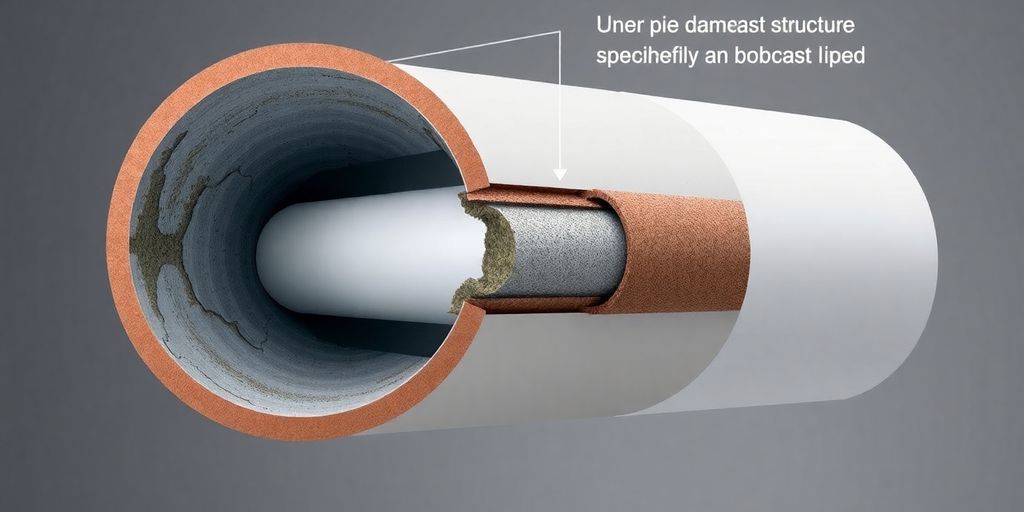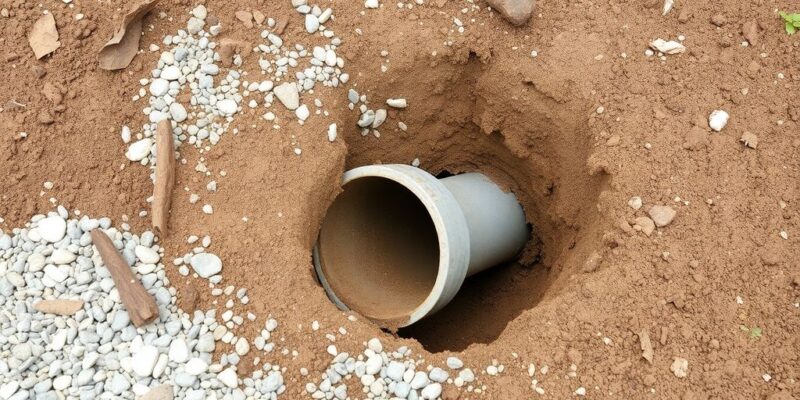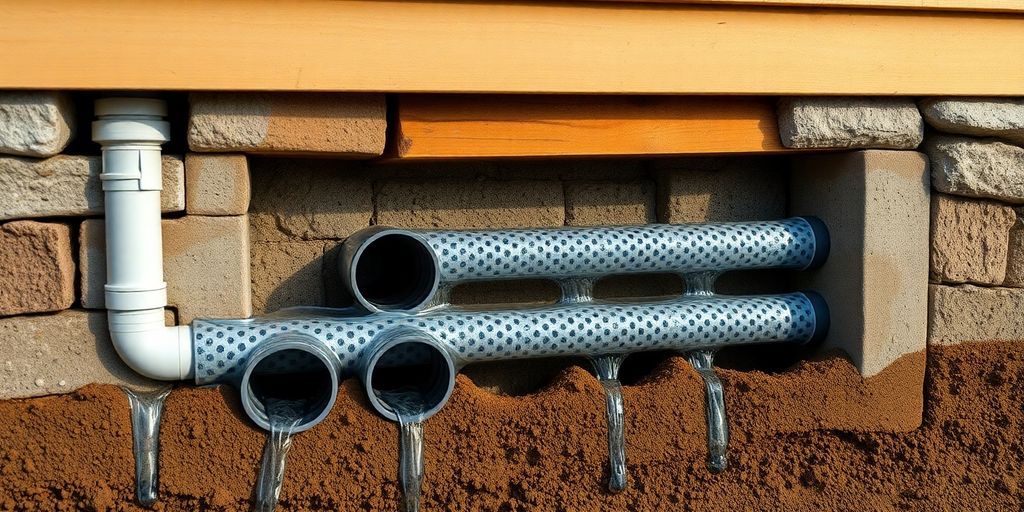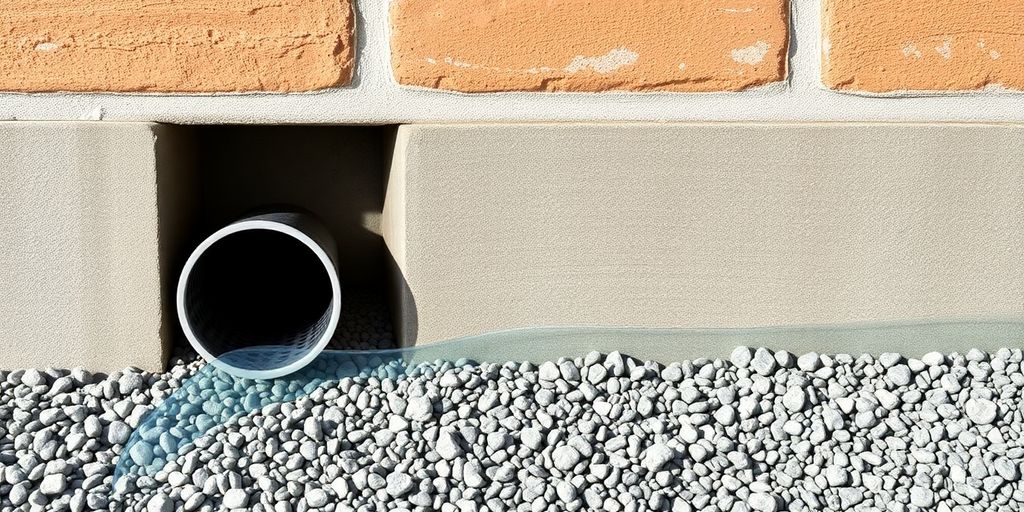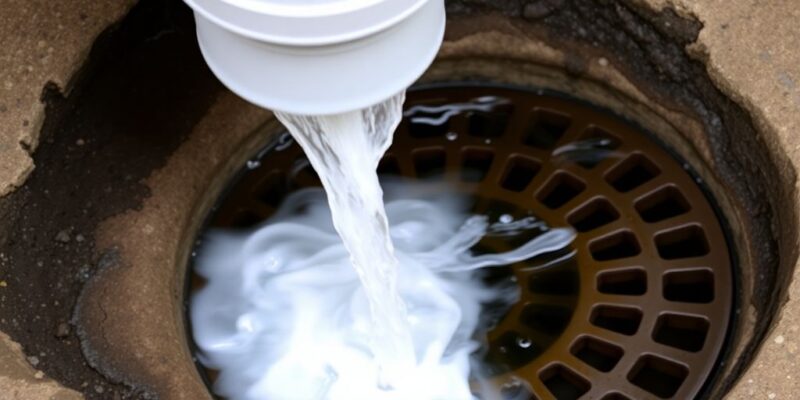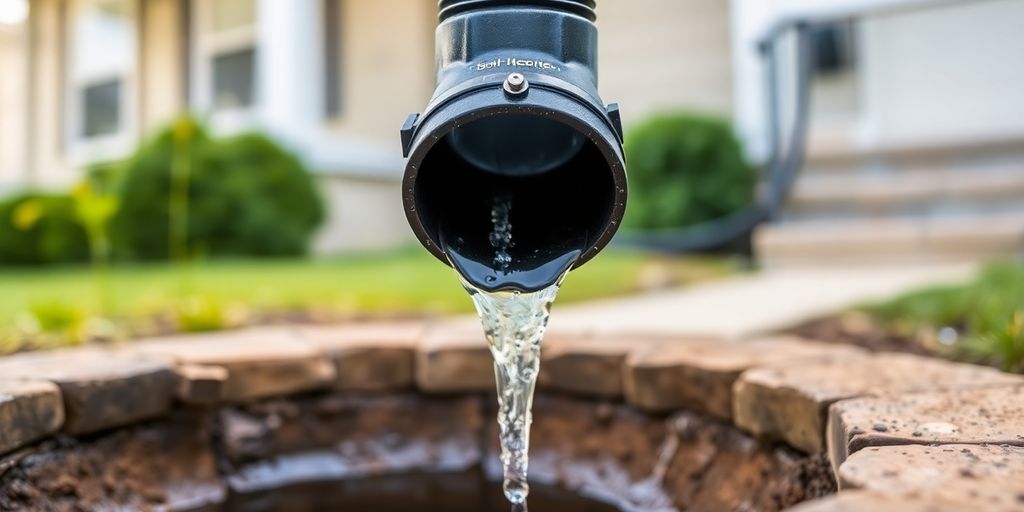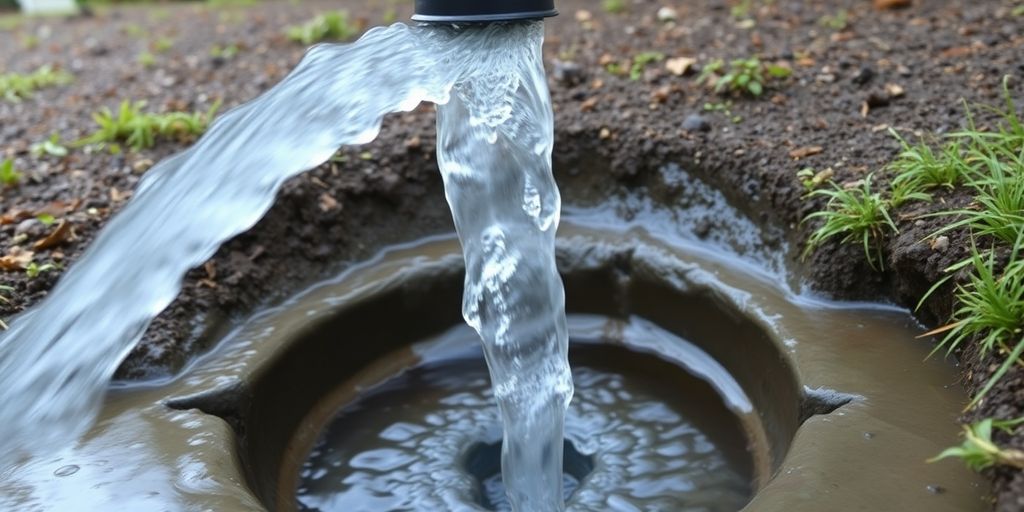Ever tried swapping out a sink or fixing a leak under the counter? It seems easy until you’re stuck under the cabinet, wrestling with pipes that won’t budge. In Ottawa sink installation and repair can turn into a bigger headache than you’d expect. That’s where calling in the pros really makes a difference. They’ve seen every kind of sink and plumbing issue out there, and they know how to get your kitchen or bathroom back to normal—without the mess or stress. Let’s break down what you need to know about professional Ottawa sink installation and repairs, so you can skip the hassle and keep things running smoothly.
Key Takeaways
- Professional Ottawa sink installation saves you time and prevents costly mistakes.
- DIY sink repairs often lead to leaks or bigger plumbing issues down the road.
- Replacing an old sink can improve both function and style in your kitchen or bathroom.
- Common sink problems like clogs or drips are usually fixed faster by a pro.
- Choosing a local, trusted plumber in Ottawa means better service and peace of mind.
Ottawa Sink Installation – Why Professional Help Matters
If you’ve ever tried swapping out your own kitchen or bathroom sink, you know it isn’t as easy as it looks. Sink installation can quickly turn into a mess of leaking pipes, odd noises, and, honestly, a lot of regret. That’s where professional sink installers Ottawa step in—not just to save your Saturday afternoon, but also to actually get the job done right the first time.
Here’s why calling in the pros for Ottawa kitchen sink repair or a bathroom sink replacement Ottawa is more than just a shortcut:
- They come with the experience to handle different types of sinks, from stylish undermounts to classic farmhouse models.
- Licensed plumbers know the local codes. Amateurs (aka me and maybe you) tend to, uh, skip steps. That’s just asking for trouble.
- A professional brings every tool and fitting they might need, so you don’t end up making four trips to the hardware store and still missing a half-inch washer.
- Ottawa faucet and sink repair experts spot problems like corroded pipes or faulty shutoff valves before they cause water damage.
- Many plumbing services for sinks in Ottawa offer warranties—if something drips, they fix it. No awkward DIY do-overs.
| DIY Sink Installation | Professional Sink Installation Ottawa |
| High risk of leaks and damage | Guaranteed proper fit and seal |
| Can take most of your day | Usually finished in a couple of hours |
| No warranty on your work | Warranty and peace of mind included |
Trusting a licensed plumber isn’t just about saving time—it’s about making sure your kitchen or bathroom works perfectly and doesn’t surprise you with a hidden leak next week. For peace of mind in every room, professional help just makes sense.
Sink Installation – Step-by-Step Process Explained
Getting a new sink installed—or replacing an old one—is more complicated than it looks, even for the handiest DIY types. One small mistake in plumbing or sealing can cause leaks, water damage, and future sink repair Ottawa calls. So, here’s what a typical sink installation in Ottawa actually looks like when handled by a professional:
- Preparation and Disconnection
- Assessing the Plumbing
- Positioning the New Sink
- Hookup
- Testing and Cleanup
Having a professional handle your sink installation means you don’t have to stress about finding the right wrenches or making a trip to the hardware store when you realize you’re missing a key part. Most repairs later on (think drips, loose pipes, or water stains under your cabinet) come from rushed or amateur installs.
When you’re thinking of a new kitchen, bathroom, or laundry sink, the extra time and money for an expert plumber pays off—no surprise leaks, and less chance you’ll ever need urgent sink repair Ottawa down the line.
Sink Replacement – When and Why You Should Consider It
Knowing when to swap out your old sink can save you a lot of hassle, not to mention prevent bigger plumbing issues down the road. Replacing a sink isn’t just about fixing a leak—it can actually make a big difference in how your kitchen or bathroom looks and works. Here’s when replacement really makes sense:
- Persistent leaks that keep coming back, even after repairs
- Stains, rust, or visible damage that you can’t clean or patch
- Outdated style that no longer fits your taste or home upgrades
- Chips or cracks in porcelain or enamel
- Major mold or mildew issues under or around the sink
- Structural movement or looseness that can’t be tightened
If you’re not sure, here’s a table that can help break down when to consider replacement versus repair:
| Issue | Repair? | Replacement? |
| Small surface scratches | ✔️ | |
| Constant leaks | ✔️ | |
| Rust around drain | ✔️ | |
| LOW water pressure | ✔️ (if plumbing is ruled out) | |
| Loose mounting | ✔️ | |
| Cracks in basin | ✔️ |
Sometimes, tossing money at endless repairs just isn’t worth it. Upgrading to a new sink often means fewer headaches, lower water bills, and a fresh look for your space. And if you’re hesitant, talk to a pro—they’ll know right away if it’s time to replace rather than patch things up again.
Common Sink Repair Issues and How Professionals Fix Them
Sinks are workhorses in any home, but they’re not immune to problems. Drips, clogs, and stains—their issues might start small and end up getting out of hand fast if not handled right. Most folks underestimate how quickly a simple leak under the sink can turn into cabinet damage, water stains, or even mould.
Here’s a breakdown of the top issues plumbers in Ottawa see, plus how they handle them:
- Leaky faucets: Often caused by worn washers, faulty cartridges, or loose connections. A plumber will identify the part that’s failing and swap it out fast, so the drip is history.
- Clogged drains: Soap, hair, or food bits can gum up the pipes. Pros use drain snakes or professional-grade cleaners that clear lines without damaging pipes.
- Slow or blocked drains: Sometimes a clog forms deep in the system. Specialised tools or hydro jetting may be required for stubborn blockages. More about handling common plumbing problems can help prevent repeat issues.
- Water stains or corrosion: Corroded pipes or connectors underneath the sink? That usually requires replacing the affected parts, sometimes even cutting out damaged pipe sections.
- Loose or cracked sink basins: These can cause persistent leaks. If the basin can’t be stabilised or sealed, the plumber will recommend a replacement.
Here’s a quick look at how some repairs compare:
| Issue | Quick Fix? | Parts Needed | Time Estimate |
| Leaky faucet | Yes | Washer/Cartridge | <1 hour |
| Clogged drain | Sometimes | Plunger/Snake | 15–45 min |
| Corroded pipes | No | Pipe sections/seal | 2+ hours |
Ignoring that slow drip or gurgling sound under the sink can spiral into bigger, pricier issues. When in doubt, getting a pro in saves you both time and stress.
Plumbers bring know-how and, maybe more importantly, the right tools. Trying to muscle through a repair without them can just make a small issue even worse.
Choosing the Right Plumbing Company for Sink Services
Picking a plumber for Sink plumbing isn’t just about choosing anyone who answers the phone first. It’s easy to get overwhelmed with options when your sink is leaking or you need a new one put in, but making a careful choice can save you headaches and money.
A trustworthy plumbing company brings peace of mind and ensures your sink will work perfectly the first time. Here’s what to keep in mind when weighing your options:
- Look for a local company with a strong track record for quality work and good reviews. A plumber with lots of happy customers usually means you’ll be in good hands..
- Make sure the plumbers are fully licensed and insured. It protects you in case something goes sideways.
- Do they offer guarantees or warranties on their work? That’s a sign they stand behind what they do.
- See how fast they respond to requests. Fast, honest service means you won’t be stuck with a sink that’s out of commission for days.
Here’s a quick comparison you can use:
| Consideration | Why It Matters |
| Local Reviews | Shows reliability |
| Transparent Pricing | Avoids hidden fees |
| Licensing & Insurance | Ensures protection |
| Work Warranties | Extra peace of mind |
| Response Time | Reduces downtime |
Asking a few direct questions right away—about pricing, timelines, and what happens if there’s an issue after the job—can help you avoid headaches. Most good companies are happy to discuss these things before any work begins.
Take the time to compare based on these points and don’t rush just because things feel urgent. The right team will get your Sink plumbing sorted and leave you wishing every home service could be this simple.
Maintenance Tips to Keep Your Sink in Top Shape
Sinks take a beating, whether it’s a busy kitchen or a bathroom with constant use. If you want your sink to look good and work smoothly year in, year out, you have to give it a little attention. Regular maintenance not only keeps your sink looking fresh but also helps avoid surprise repairs that can mess up your day.
Here are a few habits worth getting into:
- Wipe down the sink after every use. This might feel excessive, but it prevents mineral spots and staining, especially around the faucet and drain.
- Clear out any bits of debris from the drain daily so clogs don’t sneak up on you.
- Use a gentle cleanser and a soft cloth once a week—abrasive pads can scratch even durable sinks. For more natural cleaning methods, check out this detailed deep cleaning your kitchen sink walkthrough.
- Run hot water down the drain weekly to discourage buildup in the pipes. If you cook a lot with oil or grease, follow up with a bit of baking soda and vinegar.
- Watch for leaks under the sink. If you notice any wetness or staining in your cabinet, address it early before it causes bigger problems.
If you’re consistent about the basics, your sink will work better for longer, and you’ll spend way less time fighting with drain clogs and weird smells. The little habits add up, really.
Here’s a quick table to break down some common tasks and how often you should do them:
| Maintenance Task | How Often |
| Rinse and wipe the sink basin | Daily |
| Deep clean sink/faucet | Weekly |
| Inspect for leaks | Monthly |
| Flush the drain with hot water | Weekly |
Get into the rhythm and your sink should stay in top condition, saving you a ton of hassle in the long run.
Conclusion
Getting professional sink help in Ottawa isn’t just about handing someone tools—it’s about knowing your kitchen or bathroom will work smoothly when you need it. A good plumber gives you real peace of mind, whether it’s an install, a fix, or a total swap-out.
Here’s a quick list of why folks around Ottawa stick with the pros:
- Fast diagnosis and honest advice on whether you need a repair or full replacement
- Reliable repairs, with clear communication and no mess left behind
- Work that often comes with warranties, so you know you’re covered
You can keep sinks working and looking good for years with a mix of smart maintenance and solid, professional services from people who know Ottawa’s homes inside and out.
Don’t wait for that leak, rattle, or clog to become a major headache. Whether it’s time for a fresh look or a much-needed repair, skilled local plumbers can save you money and frustration. Let them do the heavy lifting so you can get back to what matters most. Visit Our Website!
Frequently Asked Questions
How do I know if my sink needs to be repaired or replaced?
If your sink is leaking, draining slowly, or showing signs of rust and cracks, it might need repair. If these problems keep coming back, or if your sink looks very old and worn out, it might be time for a replacement.
Why should I hire a professional for sink installation in Ottawa?
Professionals have the right tools and experience to install sinks properly. This helps prevent leaks, water damage, and other problems that can happen with DIY work. They also know the local building codes and can make sure everything is safe and up to standard.
How long does it take to install a new sink?
A professional can usually install a new sink in a few hours. The time depends on the type of sink and if extra work, like fixing pipes or the countertop, is needed.
What are the most common sink problems that need repair?
Some common issues are dripping faucets, clogged drains, loose connections, and leaks under the sink. Professionals can quickly find the cause and fix it to stop further damage.
How do I choose the right plumbing company for sink services in Ottawa?
Look for companies with good reviews, proper licenses, and clear pricing. It helps to pick a local company that offers warranties on their work and has a good reputation in Ottawa.
What can I do to keep my sink in good shape?
Clean your sink regularly, avoid pouring grease or food scraps down the drain, and check for leaks from time to time. Fixing small problems early can stop bigger issues later.

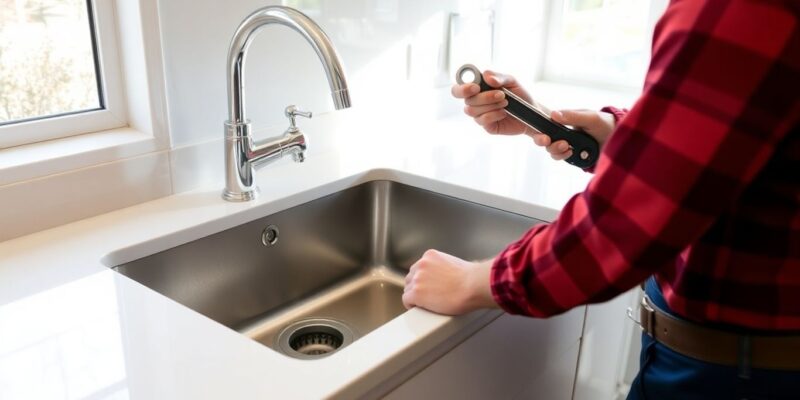
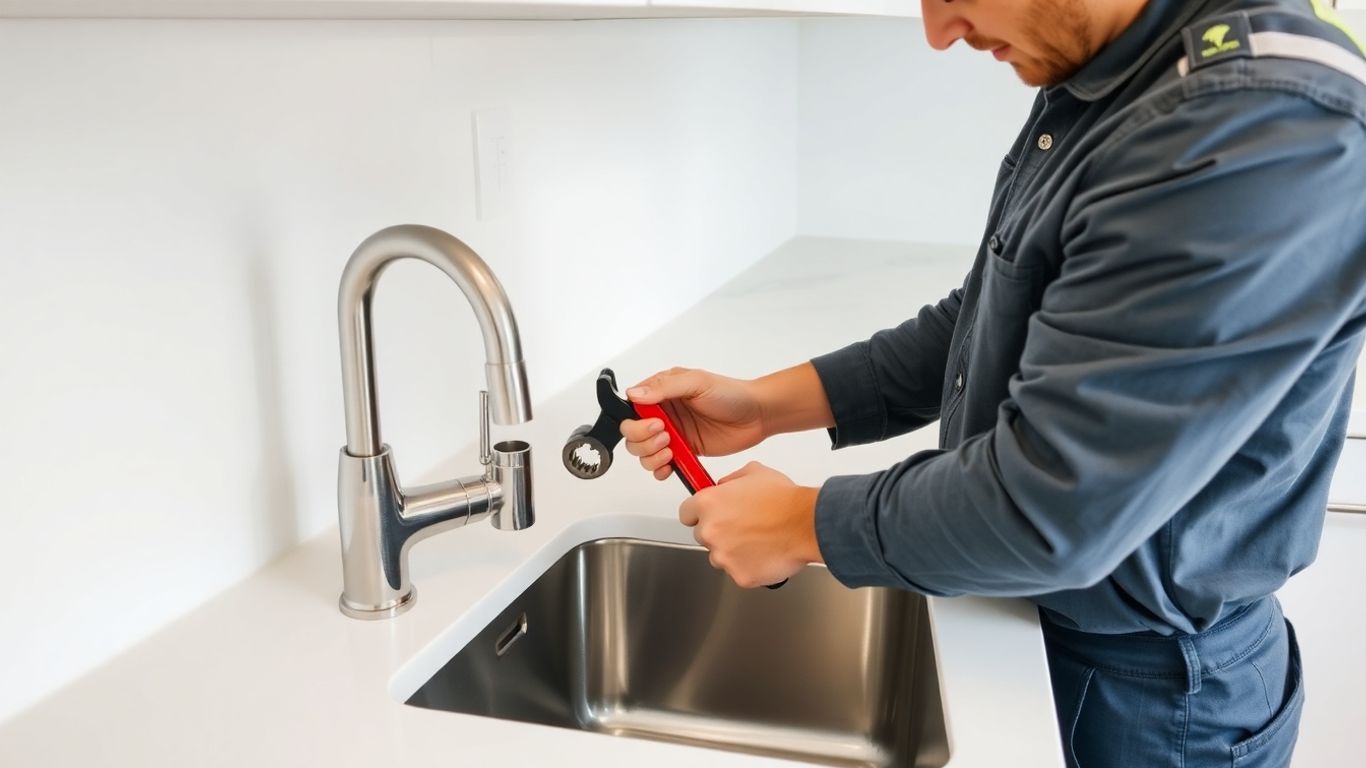
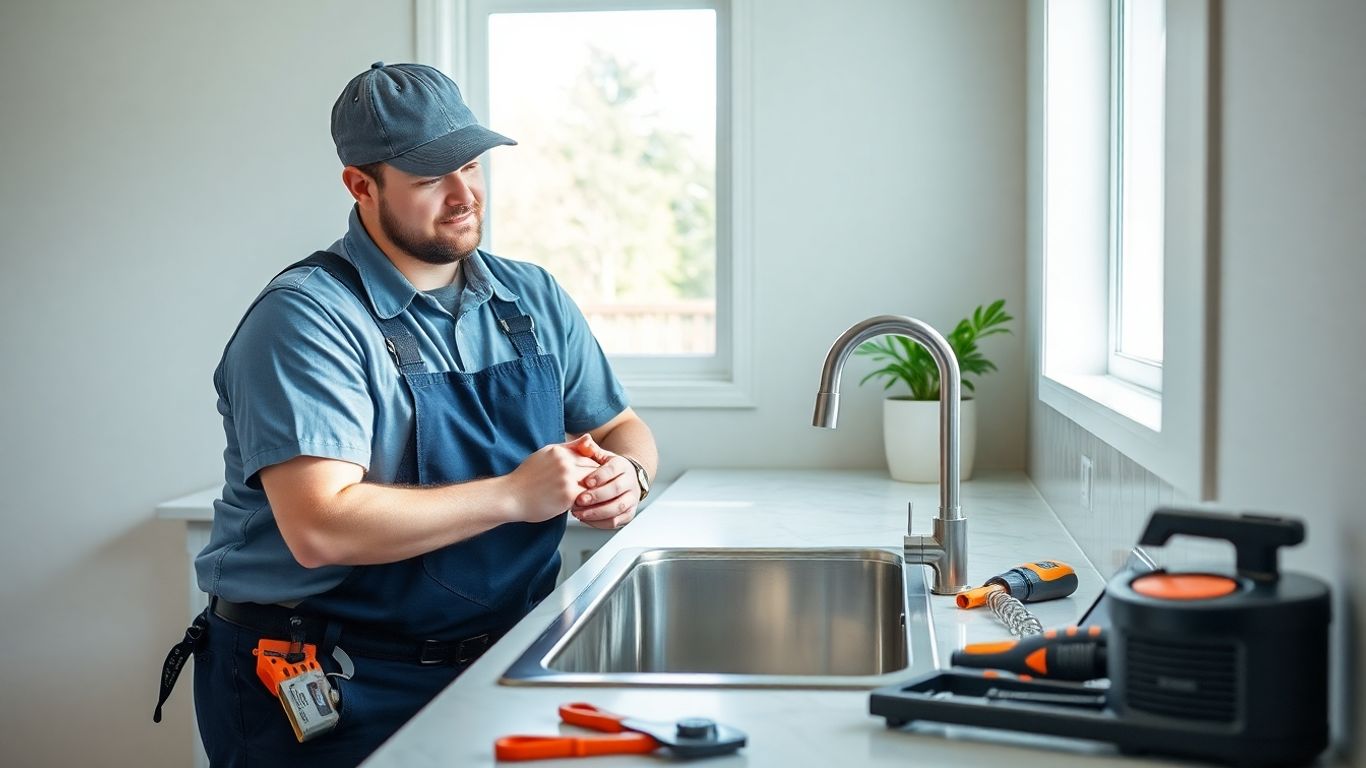
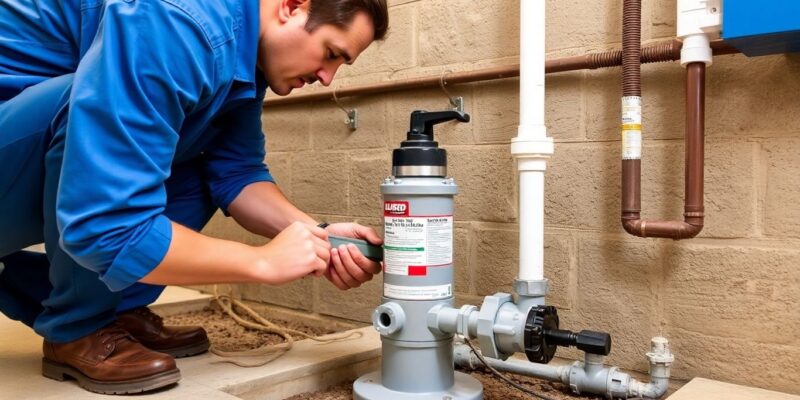
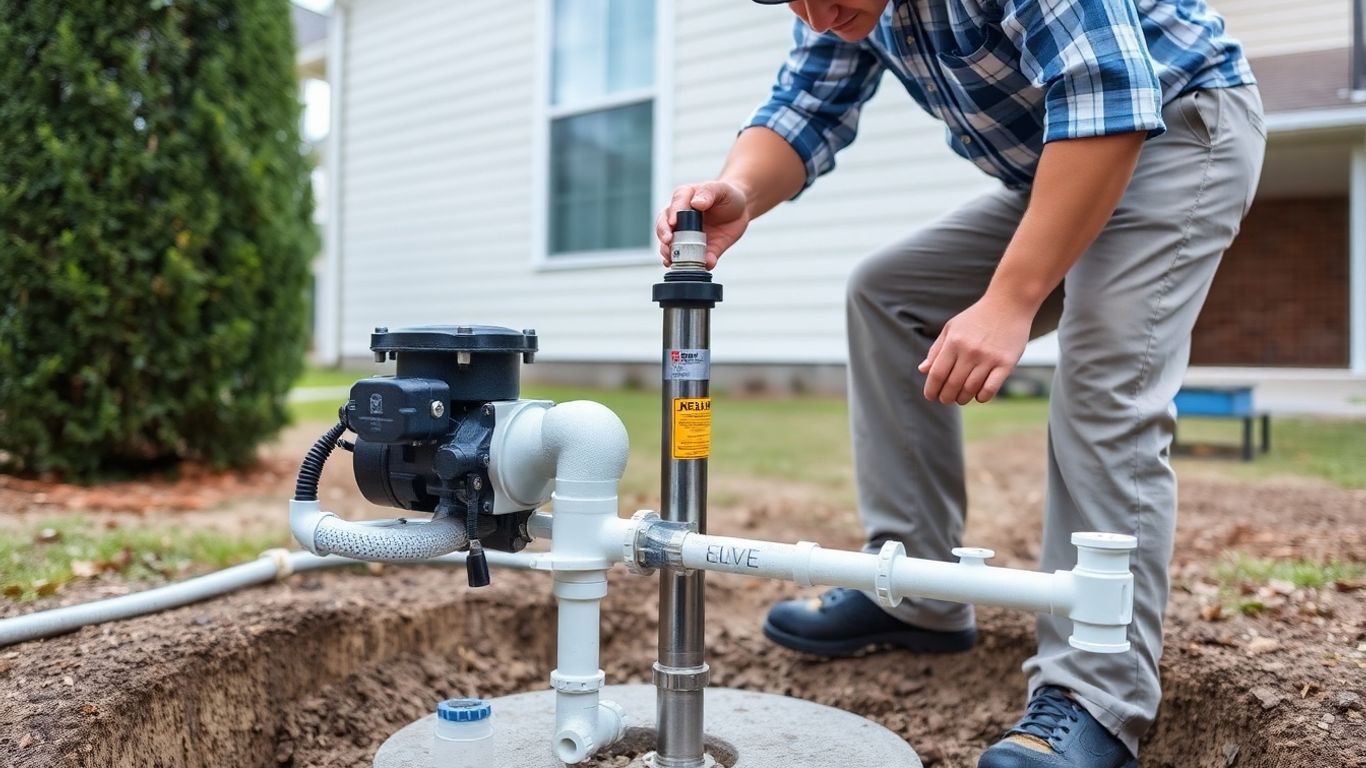 If your well pump is acting up, you might notice a few things around the house. One of the most common complaints is definitely low water pressure. It’s that annoying feeling when your shower just isn’t as strong as it used to be, or it takes forever to fill up a pot on the stove. But low pressure isn’t the only clue. You might also hear strange noises coming from your pump system, like sputtering or banging. Sometimes, the pump might cycle on and off more often than it should, or it might not turn on at all.
If your well pump is acting up, you might notice a few things around the house. One of the most common complaints is definitely low water pressure. It’s that annoying feeling when your shower just isn’t as strong as it used to be, or it takes forever to fill up a pot on the stove. But low pressure isn’t the only clue. You might also hear strange noises coming from your pump system, like sputtering or banging. Sometimes, the pump might cycle on and off more often than it should, or it might not turn on at all.